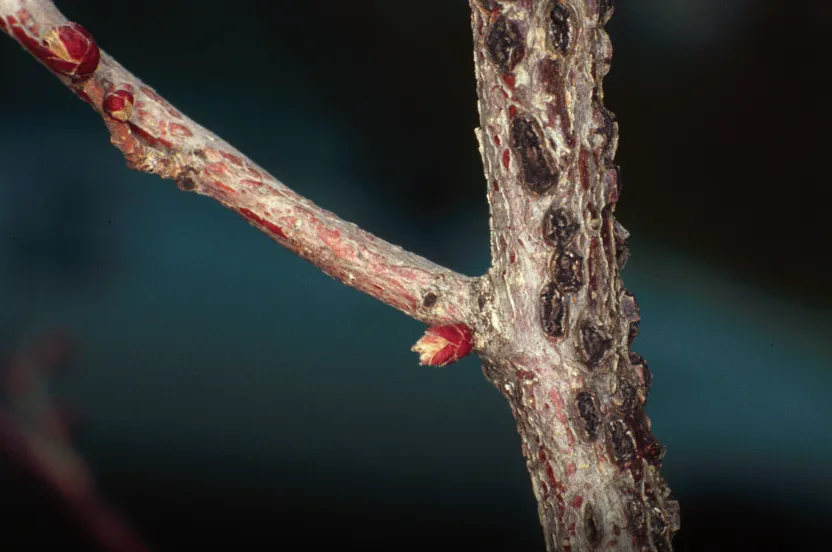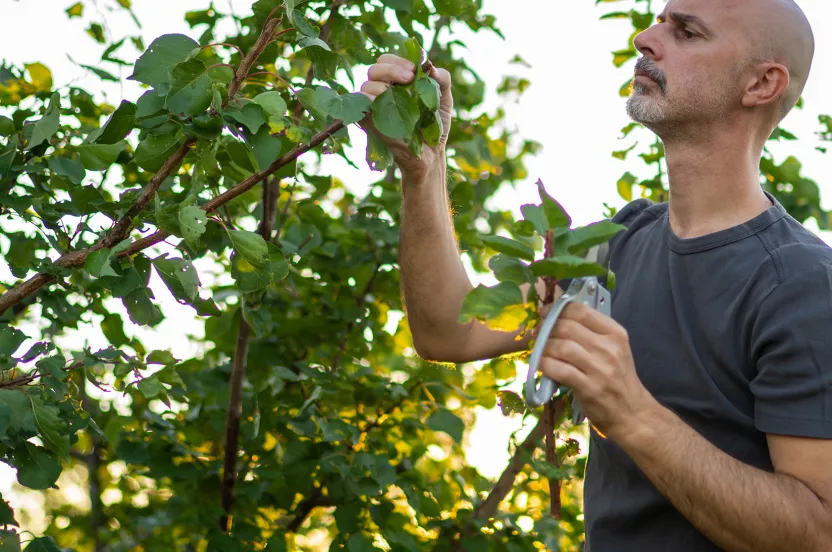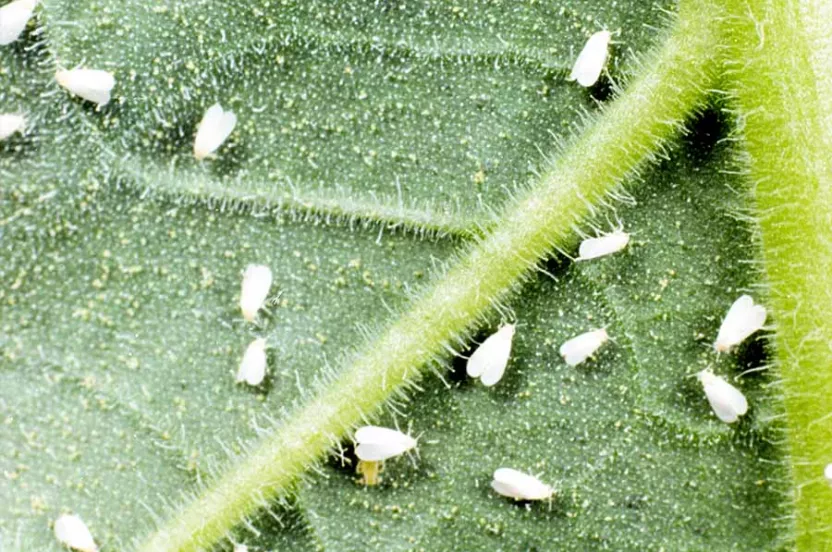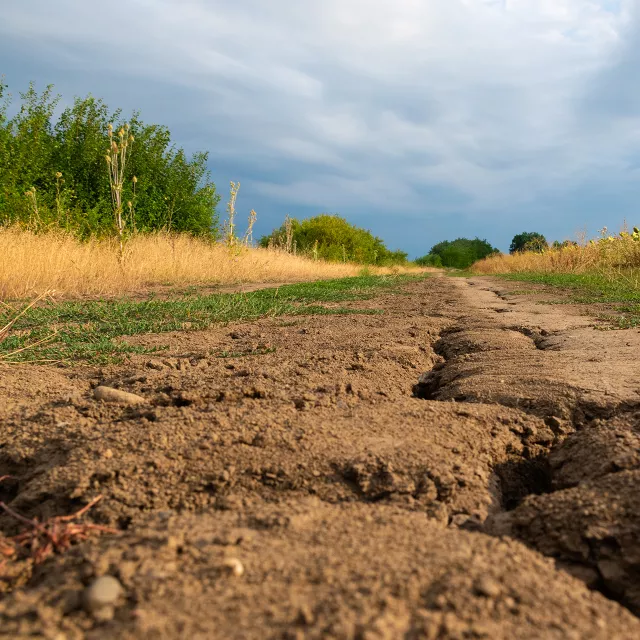
Drought
One of the more common issues affecting trees across the country is drought. Lack of water can cause a wide range of issues including:
- Leaf wilting
- Leaf scorch
- Stem dieback
- Increased susceptibility to pests and diseases
To protect your trees from the effects of drought, start by choosing species that will grow well in your conditions.
Disease
Diseases can vary greatly based on the type of tree and the region it grows in. Some of the more common diseases are listed below along with links for more detailed information.
Dogwood Anthracnose
Affects flowering and Pacific dogwoods
Oak Wilt
Affects many species of oaks
Pine Wilt
Affects nonnative pines such as Austrian, Scots and Japanese red and black pines
Sudden Oak Death
Fatally affects tanoaks, coast live oaks, Shreve’s oaks, California black oaks and canyon live oaks, and many others
Dutch Elm Disease
Affects American elms, winged elms, September elms, slippery elms, rock elms and cedar elms to varying degrees
Pests
Just like diseases, tree-damaging pests to look out for depend on the type of tree and the region. Below is a list of some common pests you may be facing along with links for more detailed information.
Asian Longhorned Beetle
Affects green ashes, paper birches, cedar elms, goldenraintrees, and many other trees
Bark Beetles
Affects a wide variety of trees depending on beetle type
Gypsy Moth
Affects hundreds of species of plants, but oaks and aspens are most common
Periodical Cicada
Occasionally affects small trees or shrubs
Invasive Species
Invasive species are plants, animals and pathogens not native to the region that are either currently or likely to cause harm.
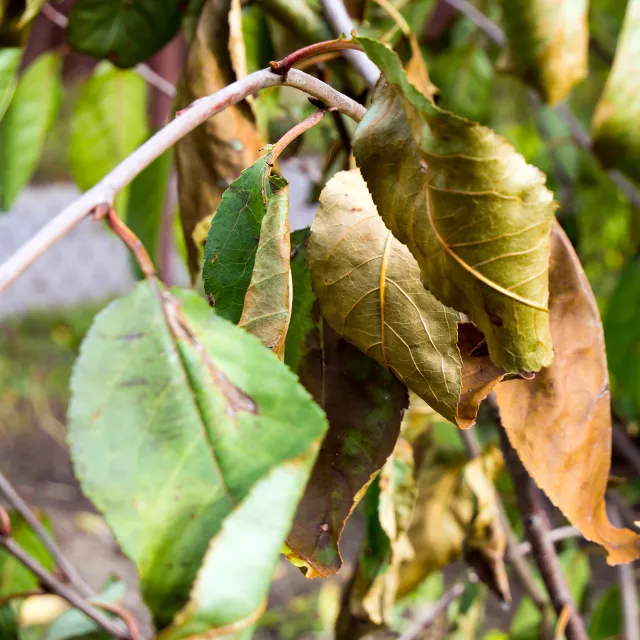
Improper Planting
If a tree is not properly planted, its health could be compromised. One common mistake is planting the root flare (the point where the trunk begins to spread out as it meets the roots) too deep. This will cause a slow decline, ultimately killing the tree.
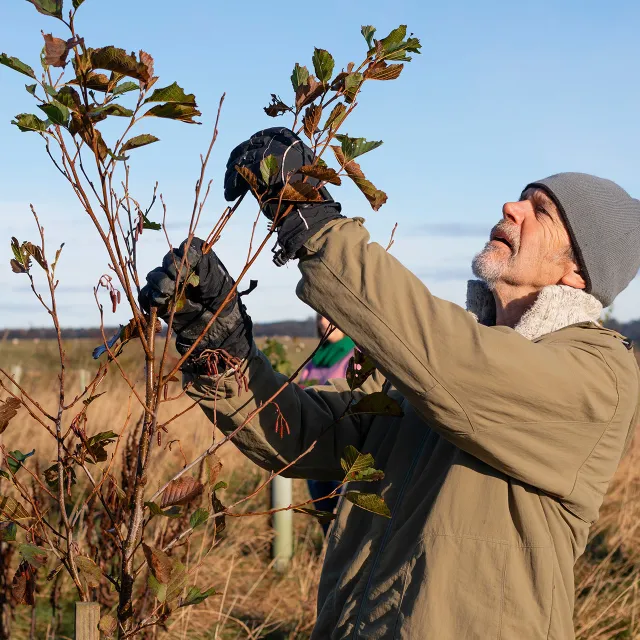
Cooperative Extension Service
To properly diagnose a pest or disease problem, begin by contacting the Cooperative Extension Service in your county or parish.
Your local Cooperative Extension office is the best source for assistance with home gardening pest and disease questions. With the help of volunteer Master Gardeners, the Extension agents can quickly answer most inquiries about plant health care and local conditions.
Pest and disease diagnosis services for professionals—including certified arborists, nursery growers, landscapers and orchardists—are also available through the Cooperative Extension offices.
Contact an Arborist
If you're concerned about your tree’s health, contact an arborist. Certified arborists handle planting, pruning, fertilizing, pest control, and tree removal. Consulting arborists focus on diagnosing issues, recommending treatments, appraising trees, and advising on tree services.
